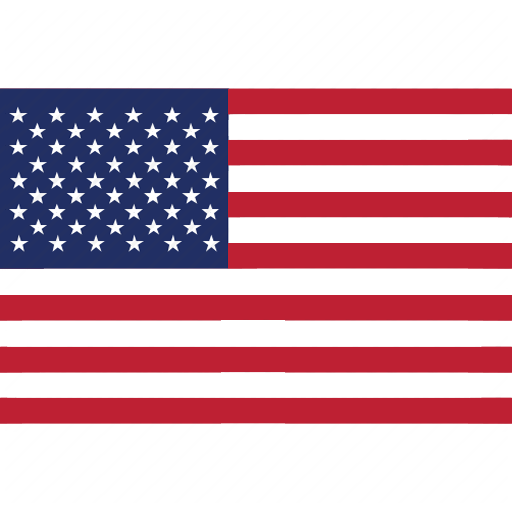Your Guide to PPE Testing and Certification
Your industry, our focus

First Published: March 2025
Personal Protective Equipment (PPE) acts as the last line of defense for users, protecting individuals from healthcare professionals to everyday consumers against potential risks. Given its critical role in safeguarding lives, the testing and certification of PPE are subject to stringent regulations to ensure safety and compliance.
This article addresses some of the most frequently asked questions about PPE testing and certification, providing you with a deeper understanding of the requirements involved.
What are the PPE regulations in the EU, UK, US, and China?
EU: Regulation (EU) 2016/425 sets out the requirements for the design, manufacture, and marketing of PPE in the EU. It categorises PPE into different risk categories (I, II, and III) with corresponding conformity assessment procedures.
UK: Regulation 2016/425 and the Personal Protective Equipment (Enforcement) Regulations 2018. They largely mirror the EU regulation, but manufacturers need to be aware of specific UK Approved Body requirements.
US: PPE is primarily regulated by the Occupational Safety and Health Administration (OSHA) under 29 CFR Part 1910. OSHA references standards from organisations like ANSI (American National Standards Institute) and NIOSH (National Institute for Occupational Safety and Health).
China: PPE regulations are governed by the Standardization Administration of China (SAC) and various industry-specific regulations. The GB standards (Guobiao standards) are national standards for PPE products sold in China.
How do I know if my product is classified as PPE?
Generally, if your product is designed to be worn or held by a person for protection against one or more health or safety hazards, it is classified as PPE. Key factors to consider include:
- Intended Use: What hazards is the product designed to protect against (e.g., chemical exposure, impact, respiratory hazards)?
- Target User: Is the product intended for use in occupational settings or by consumers?
- Regulatory Definitions: Take reference to the specific definitions of PPE provided in the markets you are manufacturing and selling PPE. For example, in the EU, refer to Regulation 2016/425.
What are the key testing standards for PPE?
There are a number of different testing standards that apply to PPE, depending on the type of equipment and the hazards it is designed to protect against. Some of the most common standards include:
- EN Standards: They are a set of standards that have been harmonised across the European Union. In order for PPE to be sold in Europe, it must meet the requirements of the relevant EN standard.
- ISO Standards: The International Organization for Standardization (ISO) is a global organisation that develops and publishes international standards. Many ISO standards are relevant to PPE, such as those covering the testing of gloves and protective clothing.
- ANSI Standards: The American National Standards Institute (ANSI) is a private, non-profit organisation that oversees the development of voluntary consensus standards for a wide range of products and services, including PPE.
What types of tests are conducted on PPE?
The specific tests that are conducted on PPE will vary depending on the type of equipment and the hazards it is designed to protect against. However, some of the most common tests include:
- Impact Testing: This type of testing is used to evaluate the ability of PPE to protect against impacts from falling or flying objects. For example, hard hats are subjected to impact testing to ensure that they can protect the wearer's head from being injured.
- Penetration Testing: Penetration testing is used to assess the ability of PPE to resist penetration by sharp objects. This type of testing is often conducted on gloves and protective clothing that is designed to be worn when handling sharp tools or materials.
- Leakage Testing: Leakage testing is used to determine if PPE can effectively prevent liquids or gases from passing through it. This type of testing is common for respirators, gloves, and protective clothing that is designed to protect against chemical splashes or spills.
- Flammability Testing: Flammability testing is used to evaluate how easily PPE will ignite and burn. This type of testing is important for PPE that is designed to be worn in environments where there is a risk of fire or explosion.
Is there any mandated PPE-specific certification?
Yes, there are several mandated PPE-specific certifications, including the CE marking. The CE marking indicates that the PPE product conforms to the health, safety, and environmental protection standards of the European Economic Area (EEA). In the United States, NIOSH certification is required for certain types of PPE, such as respirators.
Is CE marking mandated for all PPE?
CE marking is mandated for all personal protective equipment according to Regulation (EU) 2016/425.
The regulation classifies PPE into three categories based on the level of risk associated with their usage. The CE marking requirements vary according to these categories:
- Category I PPE: The CE marking must be clearly affixed to the product or its packaging.
- Category II PPE: The product must carry the CE marking, and where applicable, the identification number of the notified body involved in the certification process must also be displayed.
- Category III PPE: The CE marking must be accompanied by the identification number of the notified body that performed the conducted the EU type-examination. The product must also display traceability information as part of the labelling.
Eurofins is accredited as a Notified Body to issue CE certification for Category II and III PPE.
If I modify my PPE product, do I have to conduct testing again?
Yes, generally, if you make any changes to the design, materials, or manufacturing process of your PPE product that could affect its performance or safety, you will need to conduct testing again. This is to ensure that the modified product still meets the applicable standards and regulatory requirements.
Where can I find accepted laboratories for testing PPE?
EU/UK: Look for testing laboratories that are accredited to ISO 17025 and Notified Bodies (EU) or Approved Bodies (UK) under the PPE Regulation. The NANDO database (New Approach Notified and Designated Organisations) can help locate Notified Bodies in the EU.
US: Choose laboratories that are accredited to ISO 17025 by an accreditation body recognised by OSHA.
China: Select laboratories that are accredited by the China National Accreditation Service for Conformity Assessment (CNAS).
Within the Eurofins Softlines & Hardlines network of laboratories, the following laboratories are accredited as European Notified Body or UK Approved Body to provide a variety range of PPE product testing and certification services:
- Eurofins Textile Testing Spain is a Notified Body (No. 2865)
- Eurofins Product Testing Italy is a Notified Body (No. 0477)
- Eurofins E&E CML Limited is a UK Approved Body (2503) and UKNI Notified Body
- Eurofins MTS Consumer Product Testing UK is a UK Approved Body (No. 2377) and UKNI Notified Body
What information should I put on the product packaging?
Product packaging for PPE should include important information to ensure user safety and compliance:
- Manufacturer’s name and contact information
- Product name and description
- Relevant standards and certifications
- Sizing and fit information
- Traceability information such as lot number or batch number
- Instructions for use
- Warnings and precautions
- Date of manufacture and expiration date
For assistance with PPE classification or guidance on ensuring compliance, contact us today.

























































